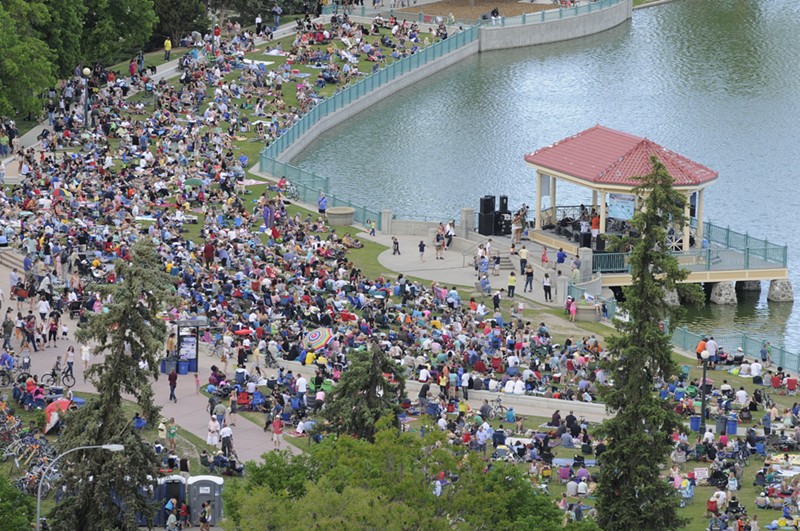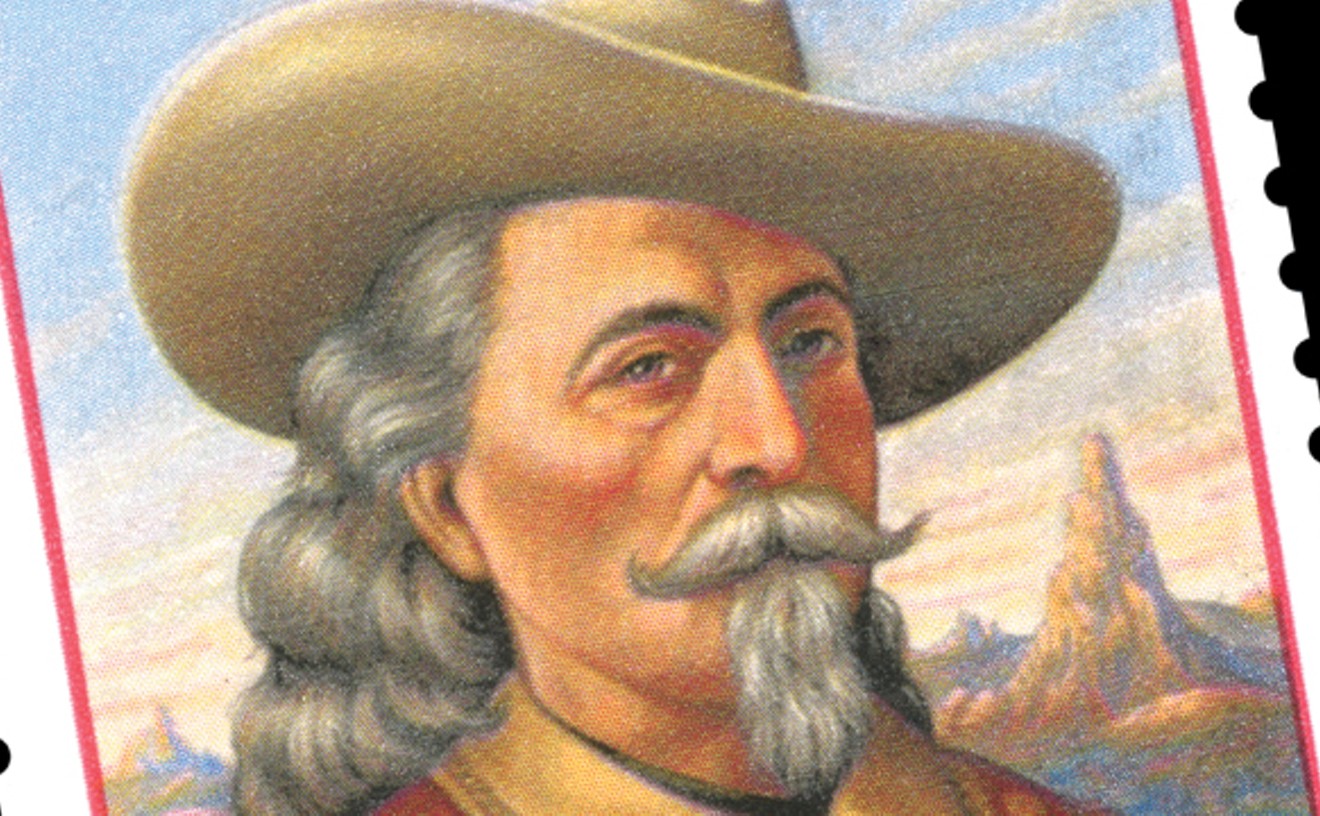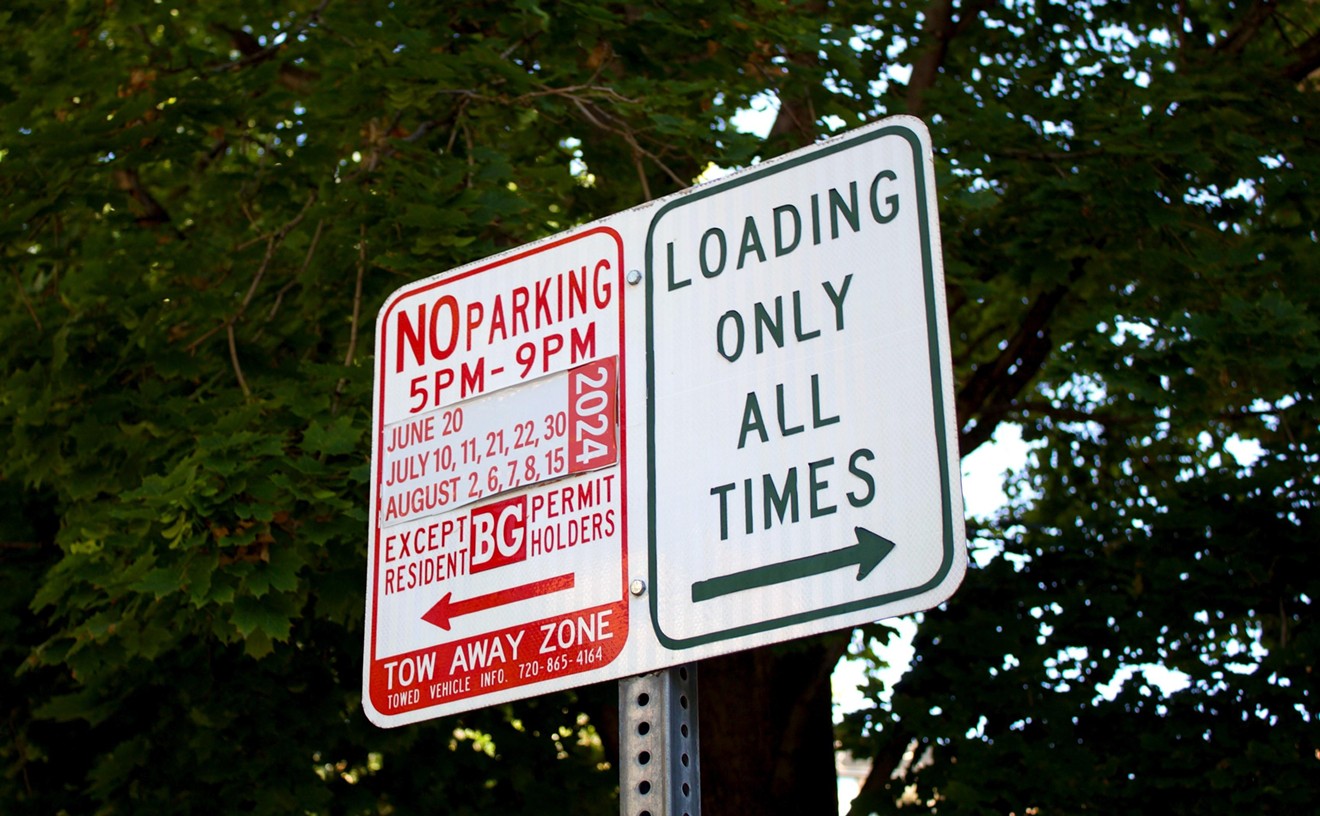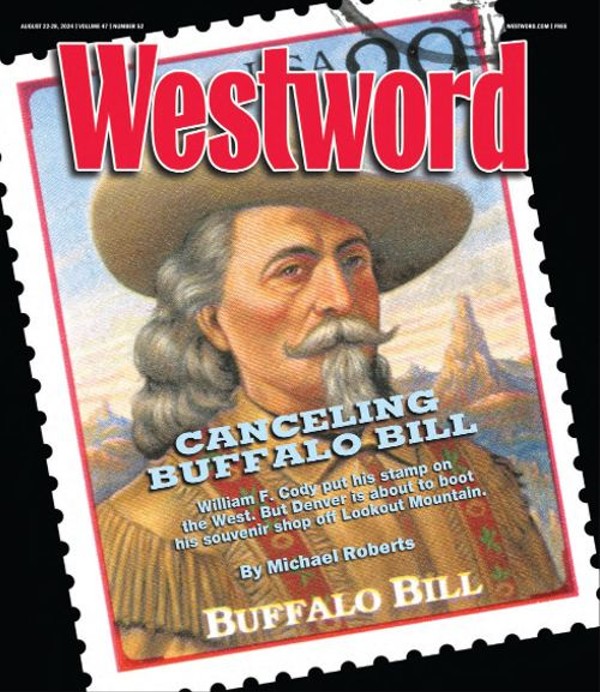The Denver Department of Parks & Recreation has announced a vision for the next five years of its Parks Legacy Plan, which guides the way that money from a voter-approved parks fund will be used.
Voters approved a 0.25 percent sales tax to create the Park Legacy Fund in 2018, but the department's first five-year plan will expire at the end of the year. After a year of community engagement, the next plan, which will cover 2025 through 2029, will now make its way through Denver City Council for approval.
As was the case in the first five years, land acquisition to expand Denver’s parks program will remain a priority. Park maintenance and climate resiliency are the other highlights of the proposed plan.
Funding from the Legacy Fund represents around a quarter of the annual Parks & Rec budget, to the tune of around $45 million yearly, according to director Jolon Clark. In the past five years, the tax has generated over $267 million in funding. Of that, $96 million has been fully spent, and another $113 million is tied up in capital projects currently in the works. Parks operation items like wages, supplies and equipment represent $23.5 million of fund dollars, while land acquisition is allocated at $15 million. There are also several contingency funds earning interest for rainy days.
So far, Park Legacy Fund money has gone toward planting nearly 10,000 trees and converting 375 acres of turf grass to native landscape. Gordon Robertson, director of planning design and construction, told a city council committee on August 20 that those conversions have saved over 225 million gallons of water.
“We've also acquired a lot of land,” Robertson said. “Twenty-five acres of new urban parks have been acquired just with legacy funds, and then that's resulted in 5,500 residents now being able to walk or roll to a quality park within ten minutes.”
The department estimates that over 8,000 new people currently enjoy park facilities built within the last five years from Legacy Fund dollars, including nineteen playgrounds, 37 renovated sports courts and over 25 miles of park walks and trails.
In their presentation on August 20 to a city council committee, parks staff explained to councilmembers that many of the priorities will stay the same in the next five years.
“The first thing we heard loud and clear from most of our public engagement was, 'Take care of what you have,'" said Owen Wells, district planning supervisor for Parks & Rec. “Job one for us is let's make sure we take care of the basics, handle deferred maintenance and ensure that we've got welcoming and clean parks for everyone.”
Restoring sporting fields and courts are planned as a particular focus, Robertson added. The department will also update maintenance shops and staff a permanent graffiti-response and trash-collection team.
“We spend the majority of our time picking up trash in our parks, so the more we can make that an efficient system and invest in that, the more we can be doing other maintenance activities,” he said.
Switching to LED lights and electric maintenance equipment are also goals for the next five years, which ties into the second main proposed category of climate-resilience adaptations: Increasing the tree canopy and buying forestry equipment to work on tree planting and maintenance are proposed actions.
“We're piloting a new program called Nearby Nature, where it isn't just taking a field and making it native grass — it's actually creating a natural area where people can go in and experience and learn about nature,” Robertson said.
The goal is that everyone in the city will have a natural experience within a ten-minute walk or roll, the same metric the city uses for general park access. Along with converting to natural plants, the parks department needs to purchase equipment and hire people to care for those plants.
Lastly, the department wants to keep growing the park system through land acquisition as a top priority for the next five years, especially in neighborhoods without sufficient park access.
When residents gathered to share feedback on the Legacy plan in September 2023, acquiring the Park Hill Golf Course — purchased by Westside Investment Partners in 2019 for $24 million with the intention of building a mixed-use community — was a priority. Since voters opted to keep the property under a conservation easement that prevents development, there hasn’t been much action there; there was no specific reference made to the golf course at the August 20 city council committee meeting, either.
Along with the big three priorities, the parks department suggested four subcategories for investment: creating unique places, fostering connections and partnerships, broadening offerings and investing in the mountain parks system.
Skyline Park and planned Civic Center Park upgrades, as well as the upcoming revitalization of La Alma-Lincoln Park, are examples of creating unique places. In Civic Center Park, the famous Greek Pavilion is being revitalized and designed to better connect with Bannock Street and the City and County Building. Ideas for other new offerings include gear libraries for people to check out outdoor adventure equipment and new launch areas into Denver’s lakes for paddleboards and kayaks.
“We want to make sure that our system is nimble enough to keep up and start delivering the kind of facilities and programs that people expect,” Wells said. “There are changing demands, [and] whether it's pickleball or a lot of the amazing ideas that have come out of our outdoor adventure and alternative sports vision plan, we want to be able to implement those recommendations.”
As Denver plans to shutter the Pahaska Tepee gift shop and restaurant on Lookout Mountain indefinitely by the end of year, there could be an opportunity to reimagine that space as part of the city’s ongoing investment in mountain parks.
The presentation didn't go over many specifics as to where most of the upgrades would take place. Councilmember Jamie Torres requested that the parks team put together a district-by-district guide of where improvements have been made so residents can better understand how their dollars are being used.
The full plan can be found at denvergov.org/parkprojects. City council will have three more chances to review the plan before it can become official: at the weekly Mayor-Council meeting on August 27, at the city council meeting on September 9, and for its final reading on September 16.

Audio By Carbonatix
[
{
"name": "Air - MediumRectangle - Inline Content - Mobile Display Size",
"component": "12017618",
"insertPoint": "2",
"requiredCountToDisplay": "2",
"watchElement": ".fdn-content-body",
"astAdList": [
{
"adType": "rectangle",
"displayTargets": "mobile"
}
]
},{
"name": "Editor Picks",
"component": "17242653",
"insertPoint": "4",
"requiredCountToDisplay": "1",
"watchElement": ".fdn-content-body",
"astAdList": [
{
"adType": "rectangle",
"displayTargets": "desktop|tablet"
},{
"adType": "rectangle",
"displayTargets": "desktop|tablet|mobile"
}
]
},{
"name": "Inline Links",
"component": "18838239",
"insertPoint": "8th",
"startingPoint": 8,
"requiredCountToDisplay": "7",
"maxInsertions": 25
},{
"name": "Air - MediumRectangle - Combo - Inline Content",
"component": "17261320",
"insertPoint": "8th",
"startingPoint": 8,
"requiredCountToDisplay": "7",
"maxInsertions": 25,
"watchElement": ".fdn-content-body",
"astAdList": [
{
"adType": "rectangle",
"displayTargets": "desktop|tablet"
},{
"adType": "rectangle",
"displayTargets": "desktop|tablet|mobile"
}
]
},{
"name": "Inline Links",
"component": "18838239",
"insertPoint": "8th",
"startingPoint": 12,
"requiredCountToDisplay": "11",
"maxInsertions": 25
},{
"name": "Air - Leaderboard Tower - Combo - Inline Content",
"component": "17261321",
"insertPoint": "8th",
"startingPoint": 12,
"requiredCountToDisplay": "11",
"maxInsertions": 25,
"watchElement": ".fdn-content-body",
"astAdList": [
{
"adType": "leaderboardInlineContent",
"displayTargets": "desktop|tablet"
},{
"adType": "tower",
"displayTargets": "mobile"
}
]
}
]











